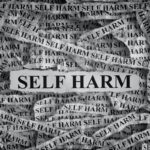
The National Institute of Health and Care Excellence suggests that people who present to emergency departments in the UK should receive a psychosocial assessment (NICE, 2011). This is a type of mental health assessment that brings awareness to the triggers that may have resulted in an individual self-harming (NICE, 2011). Psychosocial assessments have been found by Carter et al. (2016) to prevent the reoccurrence of self-harm. However, the median amount of people who receive psychosocial assessments in emergency departments is 58% (Cooper et al., 2013). The reasons why not all people who present to emergency departments with self-harm are receiving psychosocial assessments have yet to be explored.
This qualitative survey study, led by charted psychologist Dr Leah Quinlivan, addresses this research gap. They aimed to “investigate the reasons why some patients may not receive a psychosocial assessment after presenting to an emergency department following self-harm.”
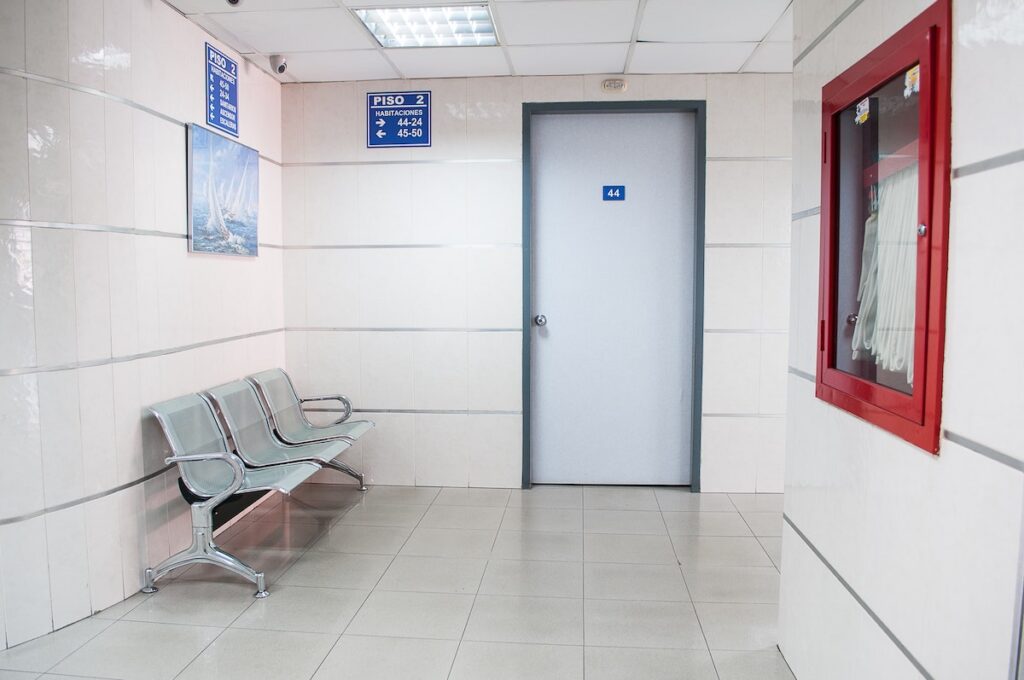
Psychosocial assessments in emergency departments can reduce the likelihood of future events of self-harm, so why doesn’t everyone get one?
Methods
The researchers asked people aged >18 with experience of self-harm and subsequent psychosocial assessments in emergency departments, and carers of people with these experiences to complete a qualitative survey. The carers provided proxy information on people’s behalf. People were recruited between April 2019 and November 2019 through sixteen mental health trusts in England, social media, and community organisations.
The survey was thematically analysed using inductive and deductive codes on NVivo12 (QSR International, 2018). Members of the public and carers with experience of self-harm shared their thoughts on the codes via a workshop. All team members agreed on the final themes.
Results
The researchers developed three themes:
1. Individual patient/carer reasons for non-receipt of assessment
People felt like they were waiting for a long-time for a psychosocial assessment. This caused some people anxiety, and others became tired and wanted to go home:
You have to be deemed medically fit first before the in-house psych team will even speak to you. You are usually having to wait an additional four hours after you have been treated for the harm, I poison myself, so sometimes I could have been in already for 24hrs, and this means often not sleeping, so I am very cranky, and sometimes I can just tell them to fuck off and just let [allow me to be] back on my way.
(Female, age 30-34, patient)
Some people felt that the emergency department was an unsafe environment. They did not like when the department was noisy and overcrowded and felt that their recovery would be better at home. Others left the emergency department because they were already under the care of secondary care services. A couple of people said they left the emergency department because they wanted to self-harm again.
2. Organisational circumstances for non-assessment
People expressed that they left the emergency department because they were not offered a psychosocial assessment. Others thought that medical professionals perceived the psychosocial assessment as a non-priority:
I’ve been told I don’t have to have one and that nurses and doctors are busy. I knew they did not think I had any hope of getting better so there wasn’t any point. They didn’t care about my risks and I didn’t care either.
(Female, age 30-34, patient)
Some people felt that health professionals thought they did not need a psychosocial assessment because they were well-dressed and looked fine. Others said that the way they described their self-harm influenced whether they received a psychosocial assessment. One participant noted how because she used the word ‘mistake’ to describe her self-harm, she felt that the health professionals did not think that she needed support or would self-harm again:
It very much depends on who is doing the referral. I recently overdosed but described it as ‘fucking up’ and it was therefore seen as a mistake and I didn’t need support without even asking me.
(Female, age 30-34, patient)
3. Clinician-determined hierarchy of risk
People felt that they were more likely to receive a psychosocial assessment if they had visibly self-harmed. Some people also thought that having a police officer with them in the emergency department spoke to the severity of their self-harm and the need for support.
Some people said they did not receive an assessment if they had presented to the emergency department several times before for self-harm. Others said that their mental health teams had also instructed the emergency department not to carry out a psychosocial assessment:
Mental health professionals wrote on my file that I should not receive mental health assessments or treatment from the emergency department.
(Female, age 30-34, patient)
Some people also felt that they did not receive a psychosocial assessment because the health care professionals did not see self-harm as a medical problem:
Many professionals do not consider either self-harm or BPD to be a mental health problem & you are often sent home without any assessment.
(Female, age 45-49, patient)
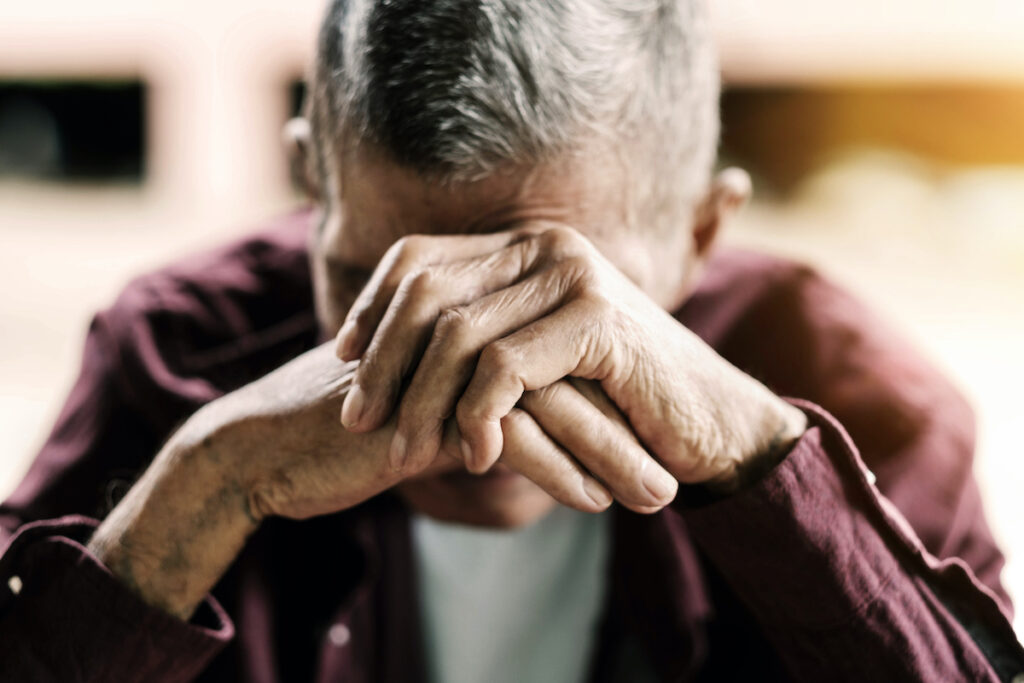
The people in this study felt that if they described their self-harm as a mistake, they would not receive support or a psychosocial assessment because the health professionals thought they would not self-harm again.
Conclusions
This study indicated that people often do not receive a psychosocial assessment because they leave the emergency department early. Reasons for this included long-waiting times, feeling anxious, not having visible self-harm, perceptions of the act and intention to self-harm again.
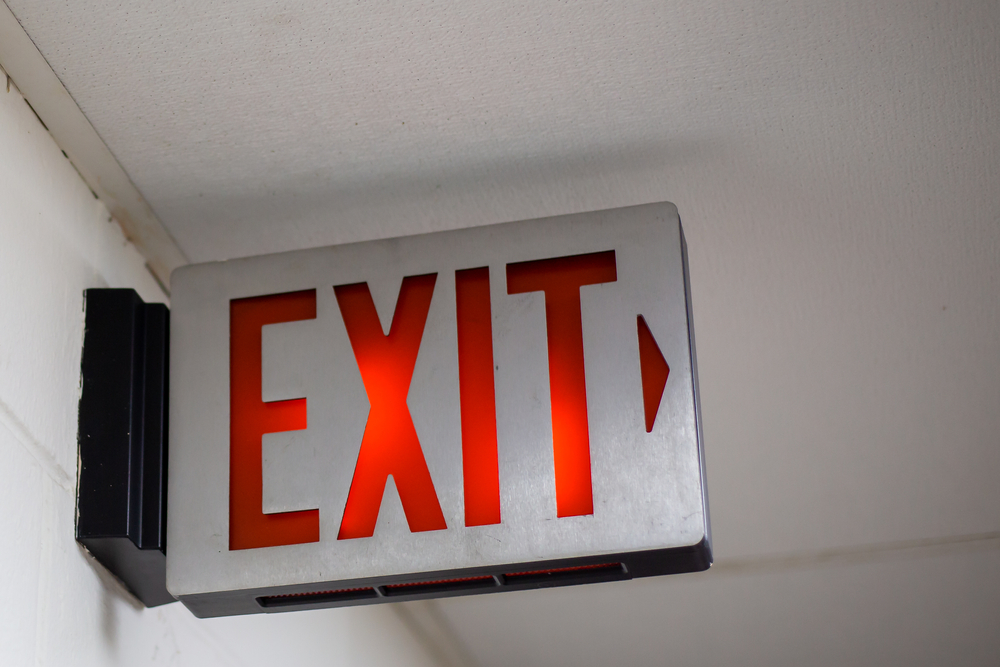
People who self-harm often don’t receive a psychosocial assessment because they leave the emergency department early. There are many reasons for this including long-waiting times, feeling anxious, not having visible self-harm, perceptions of the act and intention to self-harm again.
Strengths and limitations
To my knowledge, this is the first qualitative survey study to explore the reasons why people do not receive psychosocial assessment following self-harm presentation in emergency departments. This study addresses an important knowledge gap on a seldom-heard population who are likely to self-harm again without a psychosocial assessment (Carter et al., 2016). The researchers also included the public and carers in their analysis which improved the credibility of their results (Stenfors et al., 2020).
However, the study does have limitations. The survey design meant that the researchers could not ask people for clarification or probe (Braun et al., 2020). The biggest limitation, in my view, is the sample demographics- 91% of the sample were White British or Irish. More effort could have been made to recruit people from Black and Asian ethnicities who have a greater risk of poor mental health and experience unequal access to mental health services (Thornton, 2020).
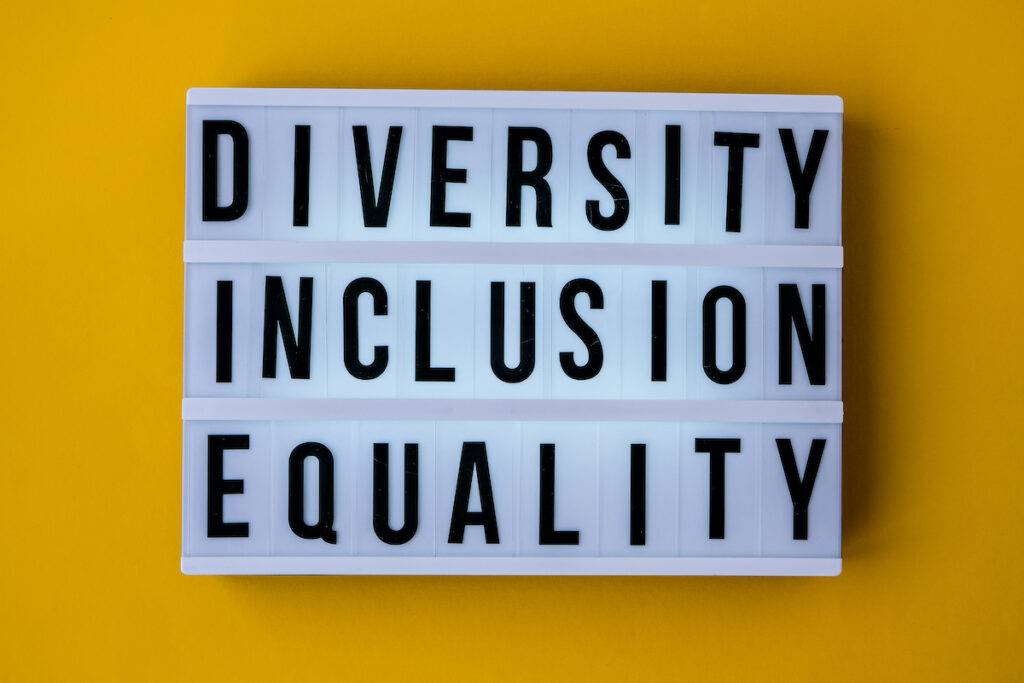
More research is needed to explore the experiences of people from Black and Asian ethnicities who have a greater risk of poor mental health and experience unequal access to mental health services.
Implications for practice
Emergency waiting rooms gave many participants anxiety. These people may benefit from waiting in safe and private spaces, with regular check-ins from staff. These check-ins could be opportunities to humanise the process of seeking emergency medical care for self-harm. The methods of self-harm or a person’s mental capacity should not influence whether they receive a psychosocial assessment. Increased medical training on reducing the stereotypes associated people with self-harm could increase psychosocial assessment prevalence in emergency departments.
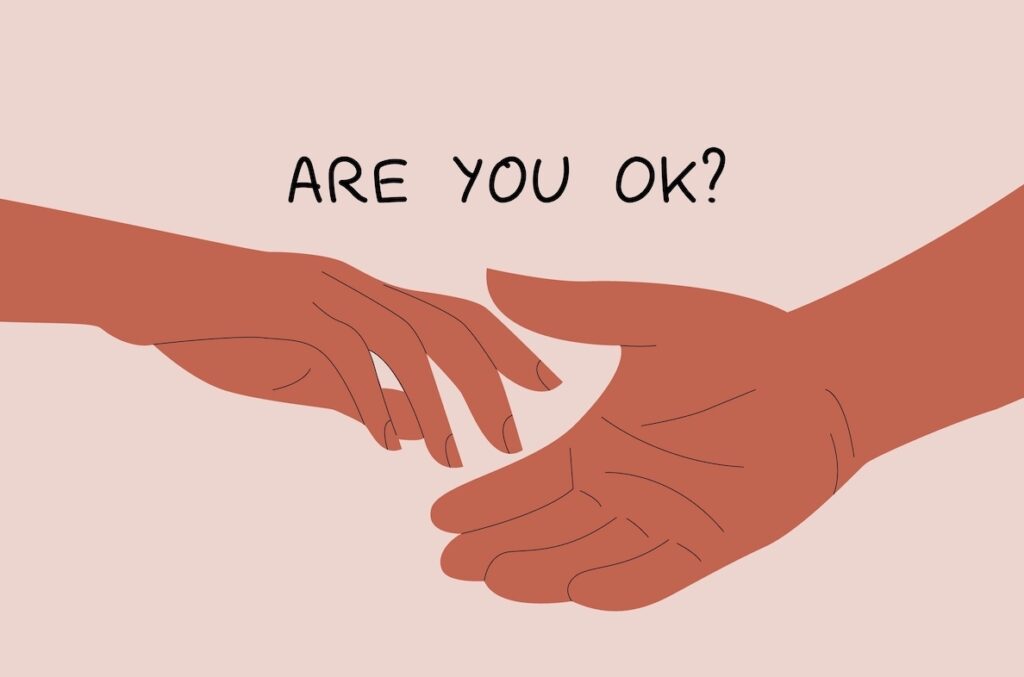
People who self-harm may be more likely to stay in emergency departments if they are given quiet and private spaces, with regular check-ins from staff.
Samaritans are open 24 hours a day, 365 days a year. You can call free anytime, from any phone on 116 123. Alternatively, you can text SHOUT to 85258 to text someone anonymously at any time of the day.
Statement of interests
None.
Links
Primary paper
Quinlivan L, Gorman L, Littlewood DL, et al. (2021) ‘Wasn’t offered one, too poorly to ask for one’ – Reasons why some patients do not receive a psychosocial assessment following self-harm: Qualitative patient and carer survey. Australian & New Zealand Journal of Psychiatry.
Other references
Carter G, Page A, Large M, et al. (2016) Royal Australian and New Zealand College of Psychiatrists clinical practice guideline for the management of deliberate self-harm. Australian and New Zealand Journal of Psychiatry 50: 939–1000.
Cooper J, Steeg S, Bennewith O, et al. (2013) Are hospital services for self-harm getting better? An observational study examining management, service provision and temporal trends in England. BMJ Open 3: 11.
NICE (2011) Self-Harm: The NICE Guideline on Longer-Term Management: National Clinical Guideline Number 133 – National Collaborating Centre for Mental Health. London: The British Psychological Society and The Royal College of Psychiatrists
QSR International (2018) NVivo (Version 12) (NVivo qualitative data analysis software; QSR International Pty Ltd. Version 11, 2015).
Stenfors, T., Kajamaa, A. and Bennett, D. (2020), How to … assess the quality of qualitative research. Clin Teach, 17: 596-599.
Thornton J. Ethnic minority patients receive worse mental healthcare than white patients, review finds BMJ 2020; 368 :m1058
Virginia Braun, Victoria Clarke, Elicia Boulton, Louise Davey & Charlotte McEvoy (2020) The online survey as a qualitative research tool, International Journal of Social Research Methodology.
Photo credits
- Photo by Martha Dominguez de Gouveia on Unsplash

I would dispute that psychosocial assessment in the ED achieves anything bar ticking a backside covering box for the Trust. They’re so inept they’re literally a hindrance and waste of time, many patients feel relieved that they don’t happen.